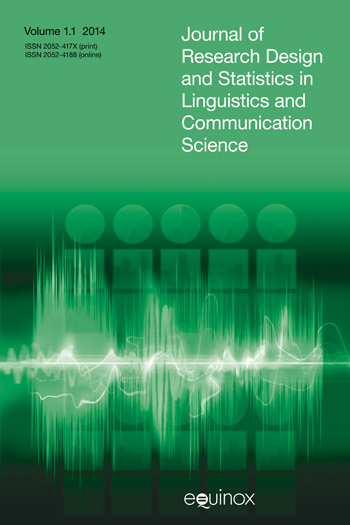Harmonic Minimalism
Cumulativity and Serialism in Syntax
Andrew Murphy [+–]
University of Leipzig
Since its inception in the early 90’s with Prince & Smolensky, Optimality Theory has had a major impact on the study of linguistics. While it has been applied in various linguistic domains, it has clearly gained the greatest traction in phonology, where it has arguably become the most-widely adopted framework in current mainstream phonological theory. Furthermore, traditional Optimality Theory has been also pursued by syntacticians and has been shown to be fully applicable to this domain of grammar. However, OT syntax undoubtedly enjoyed its heyday in the late 90’s and early 2000’s and its influence has since waned. Currently, it is arguably ‘endangered as a research programme sui generis’. Since the height of research in optimality-theoretic syntax, there have been numerous developments within the theory. In particular, there has been a renewed pursuit of serial approaches, as well as the assumption of weighted constraints to account for cumulative effects. While these new theoretical advancements have received support from an ever-growing body of phonological studies, analogous arguments from syntax remain largely outstanding. It is this gap that this book aims to fill.
Harmonic Minimalism extends the framework of Serial Harmonic Grammar to syntax, combining it with mainstream Minimalist assumptions about basic operations, structure building and the ontology of formal features. The resulting theory is Harmonic Minimalism. This new framework combines both the serial optimization of Harmonic Serialism with the assumption of weighted constraints from Harmonic Grammar. Since has previous work has already demonstrated the applicability of Harmonic Serialism to syntax, one of the major new contributions of this monograph is to show that cumulative effects are also widely present in syntax. Furthermore, it is demonstrated that these receive an insightful analysis in a serial approach with weighted constraints. The arguments for cumulative effects come from a diverse range of syntactic phenomena from many different languages. There is a focus on multiple fronting constructions in Slavic, Korean and Hindi, which show puzzling restrictions when two independently possible processes are combined. We will also see various instances of movement restrictions with stranding of prepositions and quantifiers, as well as with movement of oblique-marked phrases. Moreover, cumulative effects can be readily identified in the domain of agreement, as will be shown for the long-standing puzzle of dative intervention in Icelandic, as well as data from complementizer agreement in Bantu and more complicated instances of relativized probing that is sensitive to the ø-features of the goal. What all of these examples have in common is that they are difficult to capture in frameworks without violable constraints. A theory such as the one developed can overcome these difficulties, however, and provide a unified account of these seemingly disparate phenomena.
This book is of interest to both syntacticians and phonologists interested in new developments in Optimality Theory, but also to non-OT syntacticians working on the various phenomena covered in the monograph. It provides detailed case studies of the individual phenomena discussed and also
provides some new data and empirical generalizations that add to the ever-growing body of syntactic data. One aim of this work is to dispel any myths that Optimality Theory is not compatible with syntactic data, as has sometimes been claimed more recently. The previously unnoticed preponderance of cumulative effects in the domain of syntax justifies the additional theoretical machinery argued for in this book.
Series: Advances in Optimality Theory
Table of Contents
Chapter 1
Chapter 2
Chapter 3
Chapter 4
Chapter 5
Chapter 6







